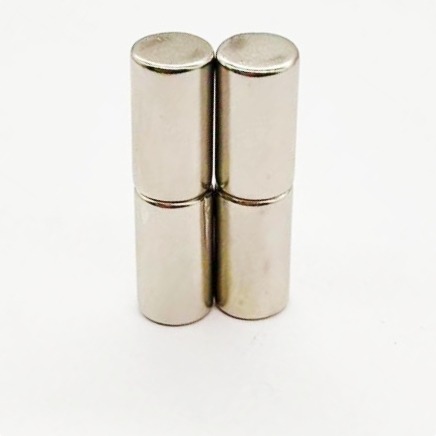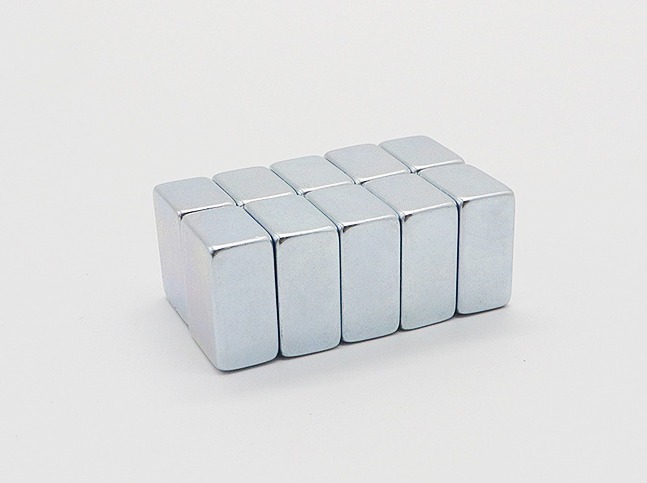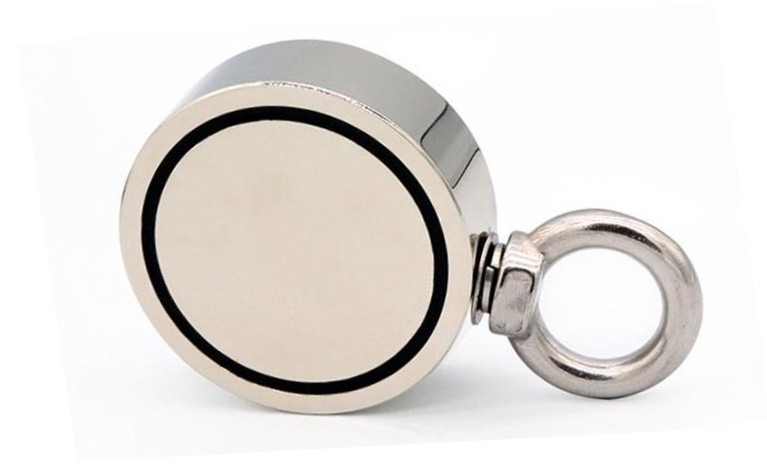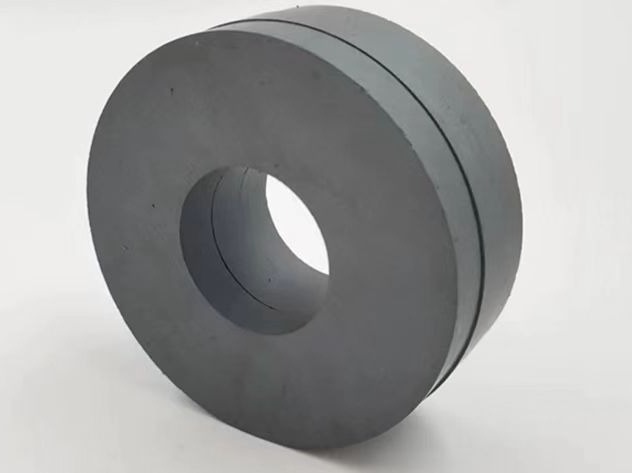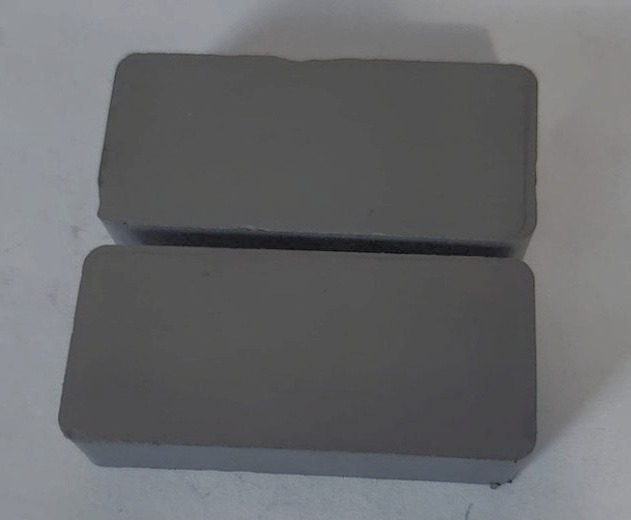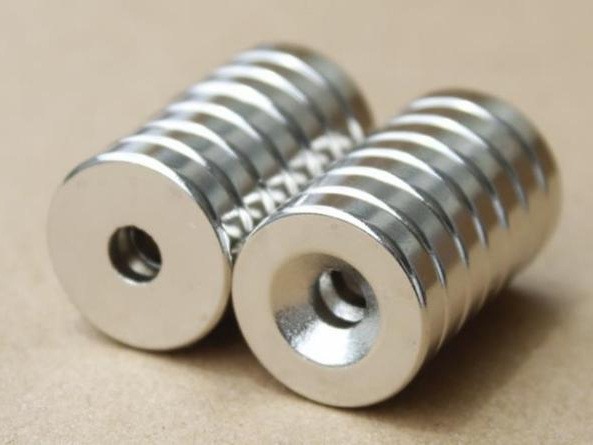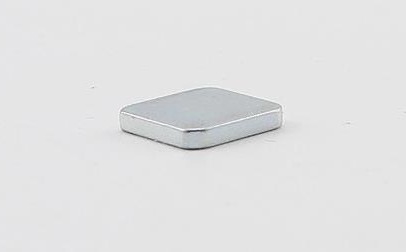7 Key Differences Between Alnico Magnets and Other Types of Magnets
Magnets have been a fundamental part of human innovation for centuries, playing a crucial role in numerous applications, from compasses to motors and beyond. With advancements in materials science and engineering, various types of magnets have been developed to cater to diverse industrial and technological needs. Among these, Alnico magnets hold a unique place due to their distinct properties and applications. In this article, we will explore key differences between alnico magnets and other types of magnets, such as neodymium, ferrite, and samarium cobalt magnets.
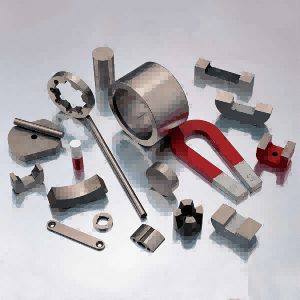
1. Magnetic Strength Differences Between Alnico Magnets and Other Types of Magnets
Alnico magnets, composed of aluminum (Al), nickel (Ni), cobalt (Co), and iron (Fe), possess moderate magnetic strength compared to other permanent magnets.
Neodymium magnets, on the other hand, are known for their unparalleled magnetic strength, being the strongest commercially available magnets. Ferrite magnets, also known as ceramic magnets, lie on the lower end of the spectrum in terms of magnetic strength. Samarium cobalt magnets offer strong magnetic properties but are not as potent as neodymium magnets.
2. Temperature Stability Differences Between Alnico Magnets and Other Types of Magnets
Alnico magnets demonstrate remarkable temperature stability, retaining their magnetic properties even at elevated temperatures. This characteristic makes them suitable for applications where exposure to high temperatures is common, such as in industrial processes and certain electrical devices.
In contrast, neodymium magnets have poor temperature stability and may experience significant loss of magnetic strength at high temperatures. Ferrite and samarium cobalt magnets fall somewhere in between, exhibiting decent temperature resistance.
3. Corrosion Resistance Differences Between Alnico Magnets and Other Types of Magnets
Alnico magnets showcase good resistance to corrosion, thanks to their alloy composition. They can withstand mild atmospheric corrosion and are often utilized in outdoor applications.
Neodymium magnets, however, are highly susceptible to corrosion and require protective coatings to prevent degradation in humid or corrosive environments. Ferrite magnets boast excellent corrosion resistance and do not typically require additional protective coatings. Samarium cobalt magnets share good corrosion resistance properties with Alnico magnets.
4. Cost Differences Between Alnico Magnets and Other Types of Magnets
When it comes to cost, neodymium magnets are generally the most expensive among all permanent magnet types. Their high magnetic strength and the rare-earth materials used in their composition contribute to their higher price tag.
Alnico magnets are more affordable than neodymium magnets but costlier than ferrite magnets, which are the most economical option. Samarium cobalt magnets fall somewhere in the middle in terms of cost.
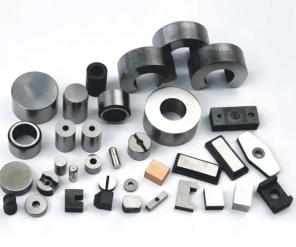
5. Applications Differences Between Alnico Magnets and Other Types of Magnets
Each magnet type finds its niche in specific applications based on its unique properties. Alnico magnets‘ temperature stability makes them ideal for use in temperature-critical applications like sensors, meters, and instruments. Their corrosion resistance and ability to withstand high temperatures make them well-suited for various industrial applications, including aerospace and automotive engineering.
Neodymium magnets, with their immense magnetic strength, are preferred in applications requiring compact and powerful magnets, such as high-performance motors, speakers, and medical devices. Ferrite magnets, due to their cost-effectiveness and good performance in lower-strength applications, are widely used in consumer electronics, toys, and other general-purpose devices. Samarium cobalt magnets are employed in high-temperature applications and where a balance between magnetic strength and temperature resistance is required.
6. Demagnetization Differences Between Alnico Magnets and Other Types of Magnets
Alnico magnets exhibit good resistance to demagnetization, making them durable and reliable in long-term use. They can withstand external demagnetizing fields better than some other magnet types.
Neodymium magnets are more susceptible to demagnetization, especially at high temperatures, and require careful handling and magnetization processes to minimize this effect. Ferrite and samarium cobalt magnets also demonstrate good resistance to demagnetization.
7. Shape and Size Differences Between Alnico Magnets and Other Types of Magnets
All magnet types can be manufactured in various shapes and sizes to suit specific application requirements. Alnico magnets are no exception and can be easily made into custom shapes. This flexibility allows them to fit into intricate designs and specialized devices.
However, neodymium magnets, being extremely strong for their size, often allow for more compact designs in certain applications.
Conclusion
In conclusion, Alnico magnets offer a well-balanced combination of magnetic strength, temperature stability, and corrosion resistance, making them a versatile choice for a range of applications. While they might not match the raw magnetic power of neodymium magnets or the cost-effectiveness of ferrite magnets, Alnico magnets carve their unique place in industries that demand stable performance in high-temperature environments. As technology continues to evolve, the appropriate selection of magnet types will remain crucial in driving innovation across various fields, from electronics to renewable energy and transportation.

